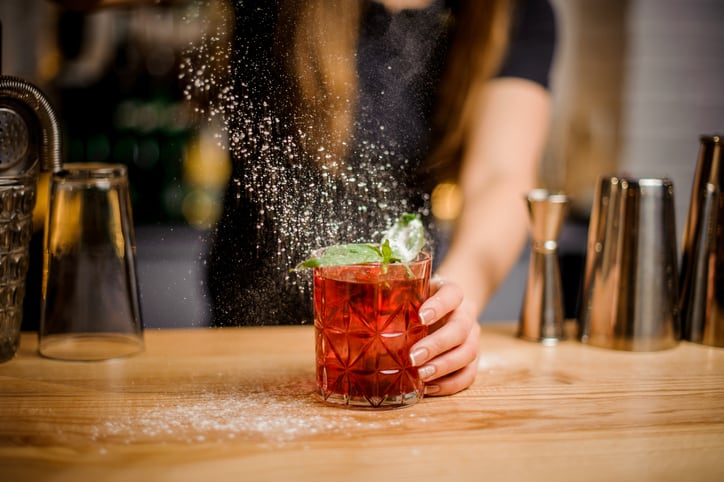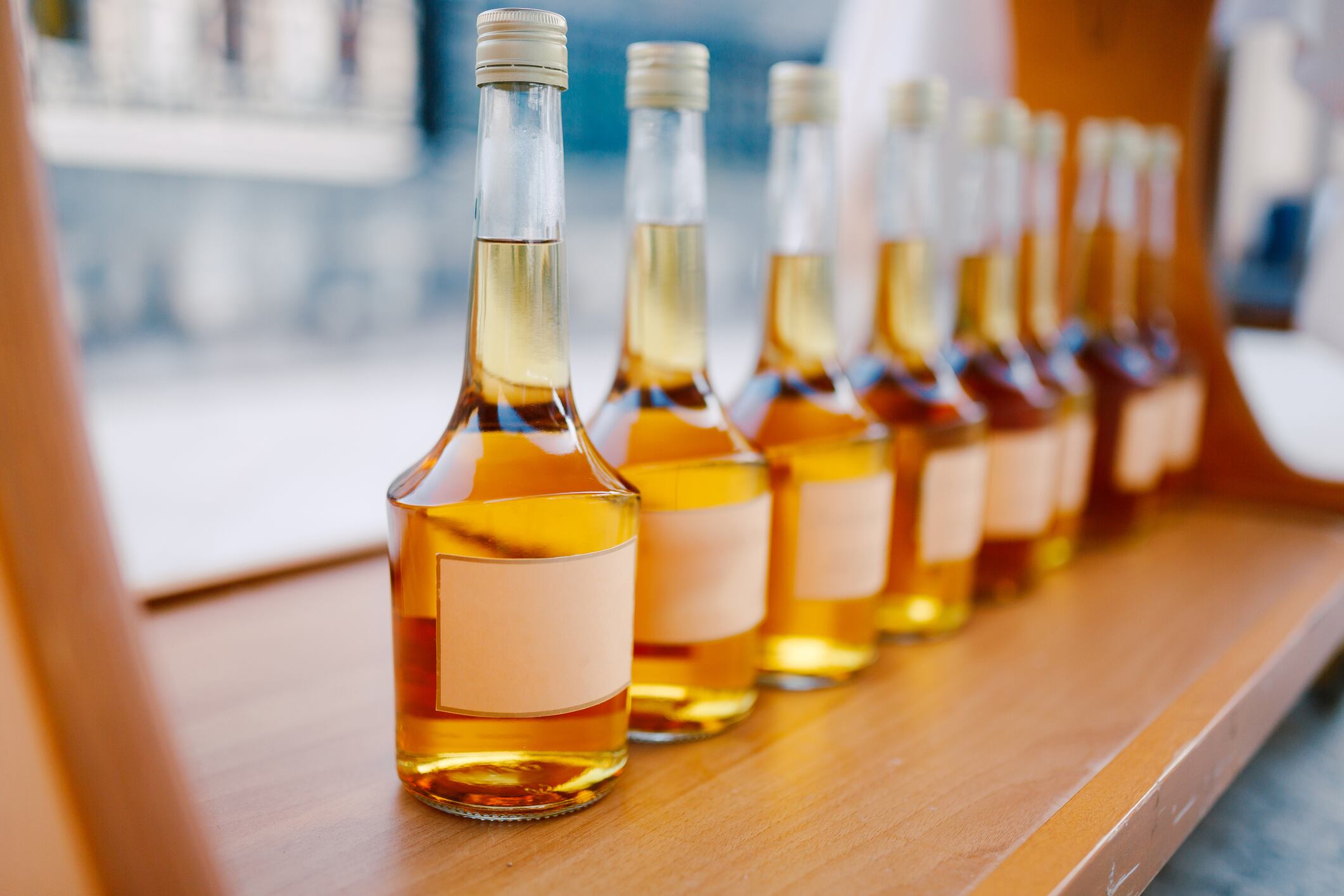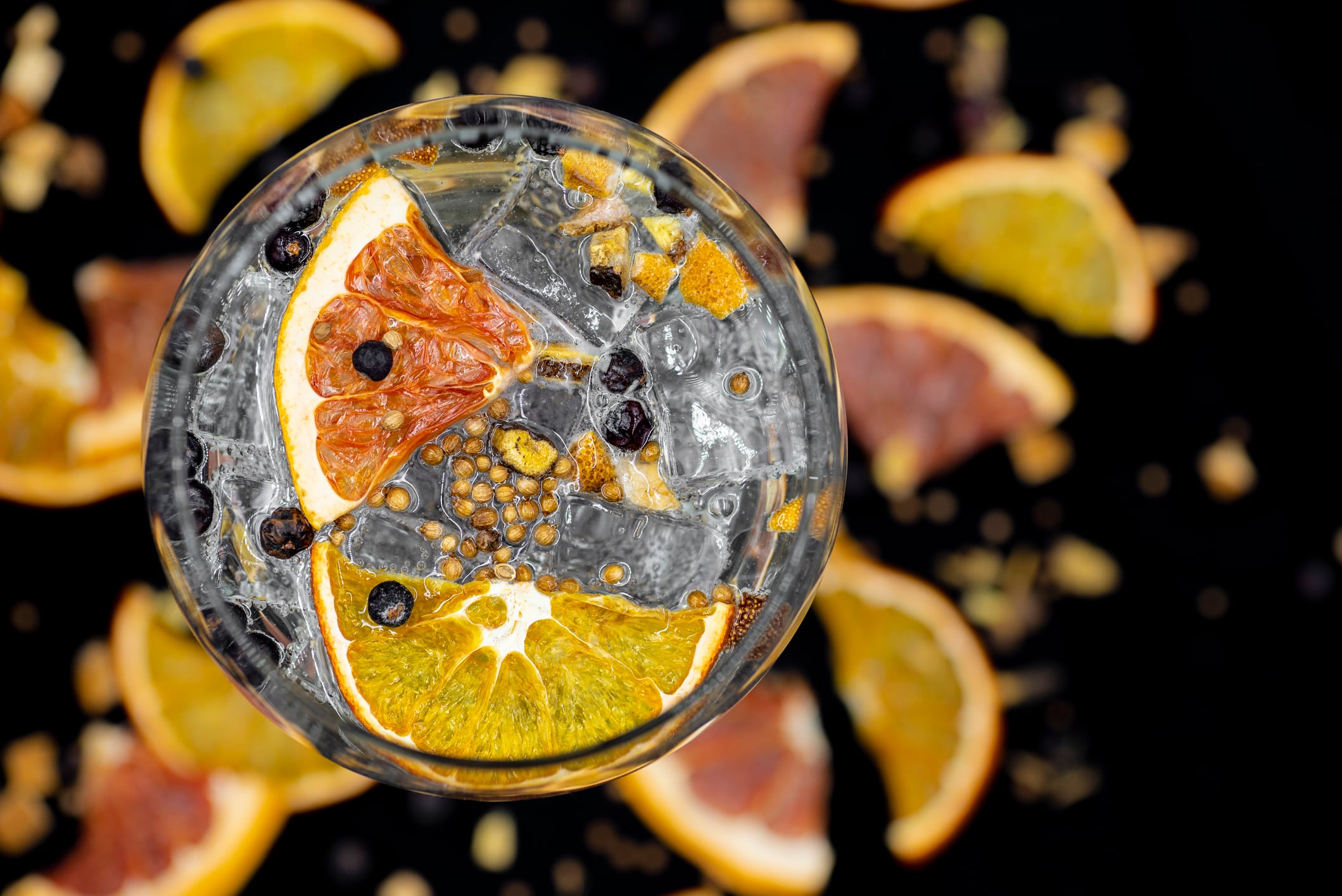Gen Zers are drinking 20% less per capita than Millennials — who drank less than Baby Boomers and Gen Xers — did at the same age.
Robert Chin, CEO of Aquilini Brands, a division of the Aquilini Group that specializes in wine and beverage alcohol, says for today’s beverage marketers, “it’s more important to focus on behaviors rather than demographics. Technology allows us to do that. The ideal consumer has an experimental mindset, is willing to cross categories and will be an advocate for your brand.”
As an example of this trend, non-alcoholic beers and cocktails have been growing in popularity during the pandemic, with sales up 44% in the US in May 2020 compared to last year. The non-alcoholic beer market size is set to surpass $29bn by 2026.
Different Beverage Preferences
With the deprioritization of alcohol, what are young drinkers looking for instead? “There’s an ongoing transition to wellness, nature, ruralization, organic, non-GMOs… we’re seeing all these low-calorie, high-flavor drinks. That’s the trend, and ultimately the direction we went in for our newest ready-to drink (RTD) launching later this year,” shares Chin. He was hesitant to say more other than it’s “Beautiful.”
Before the pandemic, 28% of young Millennials preferred to drink at home because it's just too hard to go out, making convenience a major consideration factor. With continued dining restrictions, this percentage has now gone up to 52% for the foreseeable future. Additionally, more and more Gen Zers of legal age are making their own drinks at home, relying on YouTube to be their own bartenders.
Millennials and Gen Zers are also turning to premium and RTD products. Premium-and-above spirits are forecasted to increase their global volume market share to 13% with a forecasted increase in volume market share by approximately one percentage point between 2019 and 2024 in the US and China, as the premiumization trend continues to influence market developments.
Share Your Consumer’s Values
Younger generations are also leading the mindful drinking movement. In fact, 66% of US Millennials are trying to reduce their alcohol consumption — well above the 47% of all US adults. And their motivation was clear: 41% cited health as the primary rationale with 27% abstaining to lose weight.
We see these values reflected in their current shopping habits. “Consumers gravitate to brands that often share their values. To take a note from Simon Sinek, it’s less about the product and more about your company’s purpose or your “why?” says Chin. He was especially enthusiastic about how companies need to continue to drive initiatives around innovation, diversity, and sustainability.
Sustainability is definitely a part of it, especially considering that consumers are increasingly voting with their dollars. Three-quarters of Gen Z would boycott a brand that went against their values. Further, the majority of Gen Z (54%) state that they are willing to spend an incremental 10% or more on sustainable products, with 50% of Millennials saying the same. This compares to 34% of Generation X and 23% of Baby Boomers. It appears that with every generation, the focus on sustainability strengthens.
However, some stereotypes about Gen Z and Millennials may not be true. Chin explains, “many believe “clean” packaging works best, but we believe there are times to buck that trend. With our belief that these consumers gravitate toward purpose and value-driven businesses, they may be interested in the backstories of the products they’re consuming. That’s why our upcoming RTD packaging reads more like a newspaper. It’s very text-heavy while branding is in fact clean. Consumers will know what they’re drinking.”
“Digital Should be Your Ethos”
“Digital should be your ethos. We assume mobile-first, video first, instant gratification offerings should be the centerpiece of a brand’s strategy,” advises Chin. eMarketer forecasted that food and beverage ecommerce sales in the US would grow by more than 58% in 2020, more than any other CPG category, as a result of the pandemic. Focusing on alcohol specifically, the numbers for the total category are in hypergrowth , and not showing many signs of slowing soon.
The US is on track to be the biggest alcohol ecommerce market in the world by 2024. 80% of US beverage alcohol consumption was at-home prior to covid . The closures, coupled with people being more used to being at home, will accelerate a trend that was already in place: at-home consumption - furthering the need for digital.
About the author: Jin Kim, CEO of Creative Digital Agency, has spent 10+ years spearheading innovative strategies and campaigns for clients all over the world, including Airbnb, Merck Pharmaceuticals, PepsiCo, Barefoot Wine, and a portfolio of Fortune 500 consumer brands.




